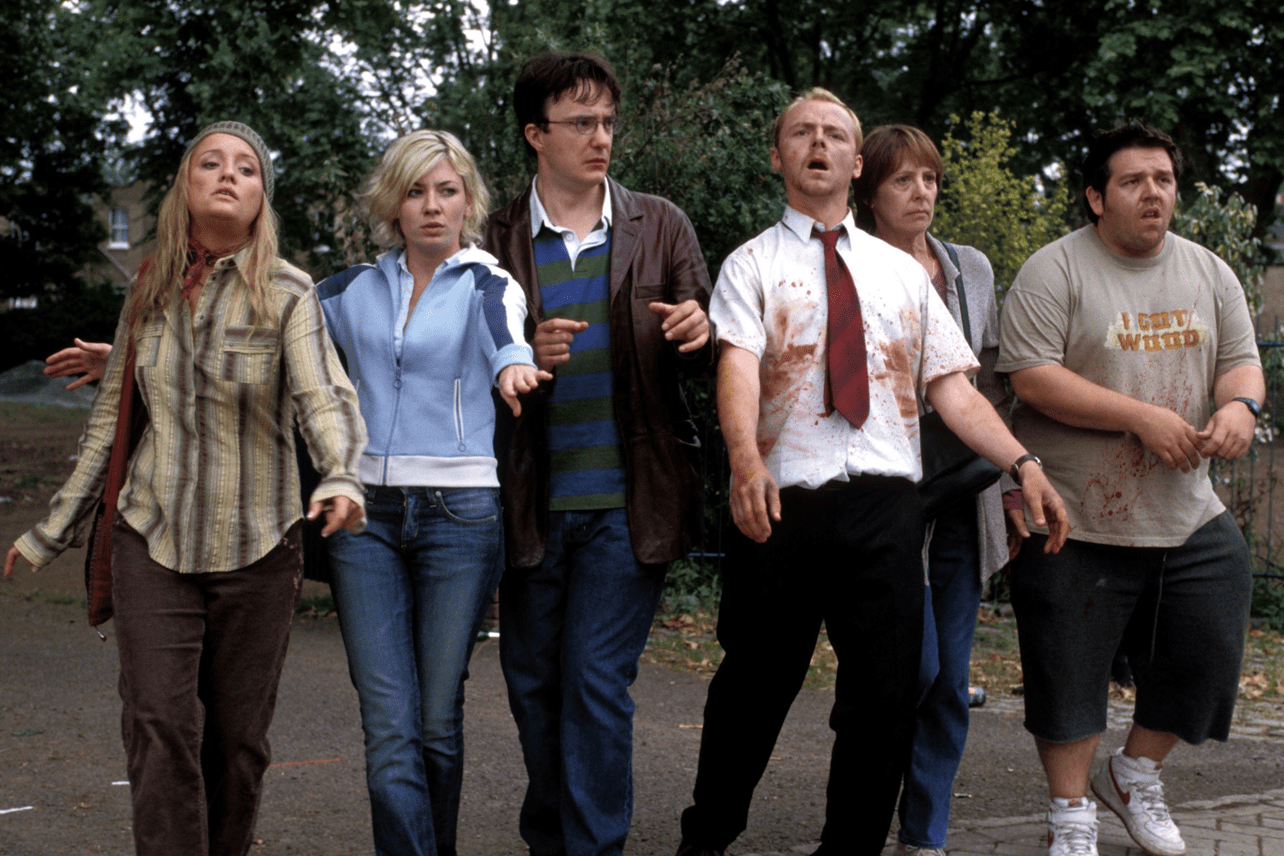The Passion Polish
The passion polish was introduced to me by my frequent writing partner Kristy Dobkin. She got it from her first professional mentor Frank South, who was the showrunner for MELROSE PLACE back in the day.

The Story and Plot Weekly Email is published every Tuesday morning. Don't miss another one.
The passion polish was introduced to me by my frequent writing partner Kristy Dobkin. She got it from her first professional mentor Frank South, who was the showrunner for MELROSE PLACE back in the day. I don’t know where Frank got it, how many variations there are of it, or by how many names it goes by. It is not itself a unique concept. It is, after all, simply a quick polish of your script. What makes it worth learning about, however, is what you focus on during this specific pass.
The goal of this polish is simple and limited, which is the beauty of it: your job is to find where the emotion is in the script, or where it should be, and make sure those moments deliver.
This polish is executed near the end game of a project. It might be the last thing you do before you deliver an assignment, show it to your agents, or submit it to a contest. You go through each scene, each beat, and ask yourself, “What emotion am I trying to evoke here?”
Do I want the reader to laugh? Do I want tension? Do I want the reader to be heartbroken with the protagonist? Embarrassed? Do I want the reader angry?
(Note: this requires a decision on your part. Wishy-washy, indecisive answers don’t work here. You need to make deliberate, conscious choices.)
When you answer this question, you then ask yourself, “Does what I wrote here do this as well as it could?”
If it does, great! You’re good at this! Go on to the next moment, the next scene, the next sequence, and ask the same questions again.
But if it doesn't, you then devote your attention to making sure it does. Sometimes it’s simply hitting a return and giving a line its own paragraph for timing and emphasis. Maybe you choose to use a better verb or adjective. Often it’s adding a line that visualizes an emotional reaction, projecting a reaction shot into the reader’s mind that wasn’t there before. Sometimes it’s tearing an emotional moment apart and rewriting it.
But your only focus here is to make each emotional moment sing so the reader feels it.
When you’re satisfied, you go on to the next moment, the next scene, the next sequence, and do it all over again.
Now, this might all sound self-explanatory. I mean, you should be doing this every step of the way, right? After all, as I tell my first-year students, the whole goal of the script is to evoke the emotional experience of seeing the movie.
This is all absolutely true.
But something happens when you’re putting it all together, especially in the rewriting. You get focused on macro-structure questions, sub-plots, and story logic; you’re applying notes, your own and maybe even others. Most of all, you’re cutting and trimming to get that page count down. And often, the first thing we let go of are those things we mistakenly believe are luxuries: that extra beat we give the emotional moments to ensure they land. That little extra attention to detail that makes the reader laugh, cry, gasp or sigh.
These moments are not luxuries. They are the entire point of the script.
The passion polish is designed to clear out the clutter and give ourselves permission to devote ourselves solely to these moments. Nothing else matters except these two questions:
“What emotion am I trying to evoke here?”
“Does what I wrote here do this as well as it could?”
And then you act on those answers.
The next time you think you’re finished with a draft and you’re about to show it to someone else, remember the passion polish.
It takes time and energy but making sure a script maximizes the emotional reaction from the reader is worth it.
The Story and Plot Weekly Email is published every Tuesday morning. Don't miss another one.
When you're ready, these are ways I can help you:
WORK WITH ME 1:1
1-on-1 Coaching | Screenplay Consultation
TAKE A COURSE
Mastering Structure | Idea To Outline




